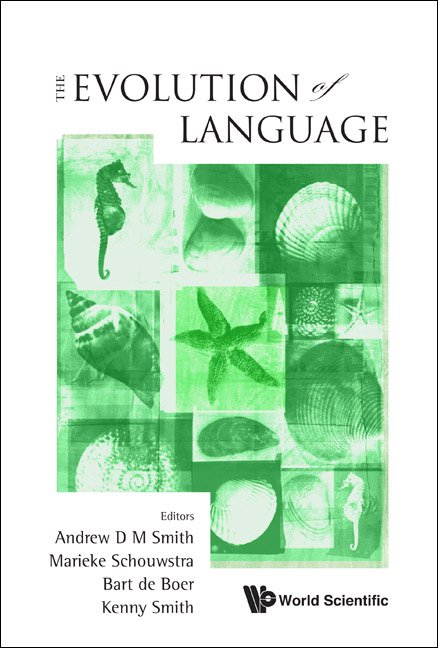SAMPLERS, MAXIMISERS AND THE CULTURAL EVOLUTIONARY DYNAMICS OF LANGUAGE
If language is an emergent product of both cognitive biases and human social interactions, then the structure of language and how it changes over time may provide valuable information about these biases, potentially bringing us closer to understanding their origins (Hruschka et al., 2009). Modelling and simulation is one way to discover the consequences of repeated interactions between agents, and how they may end up amplifying (or, indeed suppressing) these biases.
There has recently been a massive burst of activity within the statistical physics community, whereby the emergent properties of many repeated socially-inspired interactions between agents have been investigated (Castellano, Fortunato, & Loreto, 2009). Many researchers have studied whether one of two variant forms with the same function is ultimately adopted as a convention by a community, and if so, which one wins out. Despite the insights into complex interacting systems that physicists bring with them, a valid criticism of this work is that many models invoke ad-hoc rules that are simplistic in their treatment of cognition and lack empirical contact (Castellano et al., 2009).
A more systematic approach is possible, by thinking beyond specific rules and focussing on the type of bias that they imply. We consider three superficially distinct models, one in which speakers sample interlocutors' utterances randomly (Baxter, Blythe, Croft, & McKane, 2006), another in which agents negotiate referents for an object by eliminating other potential referents when a communicative act is deemed successful (Baronchelli, Felici, Caglioti, Loreto, & Steels, 2006), and another that investigates competition between two languages but permits the possibility of bilinguals (Castelló, Eguíluz, & San Miguel, 2006).
We have previously shown that these distinct models can be unified. An analysis of the relevant stochastic equations of motion allows one to identify three distinct biases operating within them (Blythe, 2009). One is a maximising bias, where agents seek to eliminate the minority variant. This quickly brings the community to consensus on the global majority variant. The second behaviour is pure sampling: both variants then fluctuate in frequency before one of them goes extinct. Both behavioural biases have been observed experimentally, e.g., in the work of Hudson Kam and Newport (2005); a formal cognitive basis for such behaviour has also been provided within a Bayesian learning framework (Reali & Griffiths, 2009). Finally, the model demonstrates the logical possibility of a third type of behaviour, where the two variants coexist indefinitely in equal numbers.
Here we further argue that these three emergent outcomes are generic in models that invoke maximising, linear sampling or "anti-maximising" behaviour, in various combinations and implementations. Whether individuals are variable or categorical users of a variant; whether the bias is in production, or perception, or both; whether they interact with many or few other members of the community; all are 'details' as regards the qualitatively distinct emergent outcomes that can be expected. Unfortunately, all are problematic from the point of view of observed language change. We will discuss consequences, e.g., for the systematisation of a holistic protolanguange (Kirby, Dowman, & Griffiths, 2007), and propose cultural evolutionary mechanisms that may plausibly describe actual instances of language change, speculating as to the kinds of cognitive processes that may underpin them.
Note from Publisher: This article contains the abstract and references.



